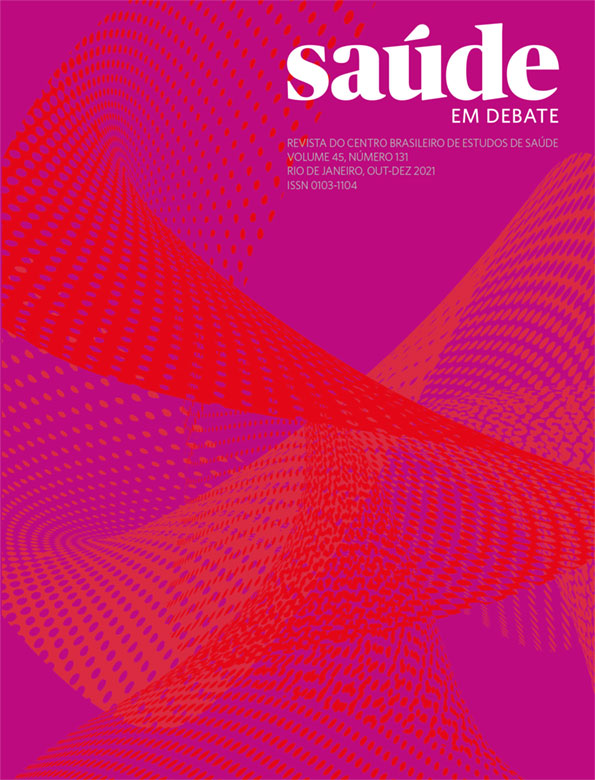More Doctors Program, an attempt to solve the problem of medical distribution in the Brazilian territory
Keywords:
Medical distribution. Health Consortia. Doctors.Abstract
The objective of the study was to carry out an integrative literature review, using the mnemonic Population, Concept and Context of the Joanna Briggs Institute, to map the works that addressed the medical distribution in Brazil in order to critically analyze the More Doctors Program (PMM), resulting in 453 papers with 10 selected articles. The results indicate pecuniary and non-pecuniary factors as reasons for the poor distribution of Brazilian doctors. As a solution, the PMM was created, which caused a great expansion in the number of medical courses, an estimated increase of 71% in the number of doctors until 2030. Although with the difficulties of technical and pedagogical training of teachers and preceptors to supervise this amount abruptness of undergraduate students, there is an opportunity to transform the current poor quality of access and assistance provided to the population in SUS. However, the lack of continuous monitoring of the trainees' quality assessment, lack of investments in infrastructure and regulation of assistance, as well as the better distribution and qualification of medical residency programs, could make this situation apparently advantageous in a major catastrophe. (personal and professional) with a labor market that may have a huge supply of low-skilled labor.
Downloads
Published
How to Cite
Issue
Section
License
Copyright (c) 2022 Saúde em Debate

This work is licensed under a Creative Commons Attribution 4.0 International License.




















